Alignment of walls with plaster plaster is the most important process of finishing. From how correctly it will be completed, the appearance of the repair depends. To achieve quality, you need to know not only the technology of applying such a finish, but also the rules for choosing the best materials. All important points in the work process will be described in this article.
Selection of material and preparing the solution
Gypsum plaster is an excellent finishing material. It can be used when repairing various residential premises. Today, plaster plaster for walls is represented by the following assortment:
- Cheap mixtures of plaster. They contain in small quantities of polymers. They are characterized by smaller adhesion with a finishing surface. Therefore, before applying requires the processing of the walls of the primer. The solution is applied to plasterboard or aerated concrete;
- Dear mixes. They contain much more polymer additives. Therefore, it is easier to work with them, and the result is better. Because of this, if it is possible, it is better to buy such a material;
- Mixes intended for applying with special equipment. They are characterized by a large plasticity;
- The mixtures in which special fillers were added (perlite, foam crumb) to improve heat and sound insulation characteristics.
You need to do your choice on the basis of financial opportunities, needs and existing equipment.
Before starting work from purchased material, a solution is prepared. To obtain a high-quality mixture, such actions should be performed:
- Pure water poured into deep containers. Per 1 kg of powder should account for 500-700 ml of water;
- Dry powder is poured into a bucket with water and the resulting solution is mixed with a drill or a construction mixer. Mix you need carefully;
- The mixed mixture is left for 5 minutes. Then it is mixed again.
Article on the topic: Build a balcony with your own hands: Technology, features, arrangement
The resulting solution can be applied to the surface of the walls. Dropping it will begin in 30 minutes. Therefore, you do not need to cook too much.
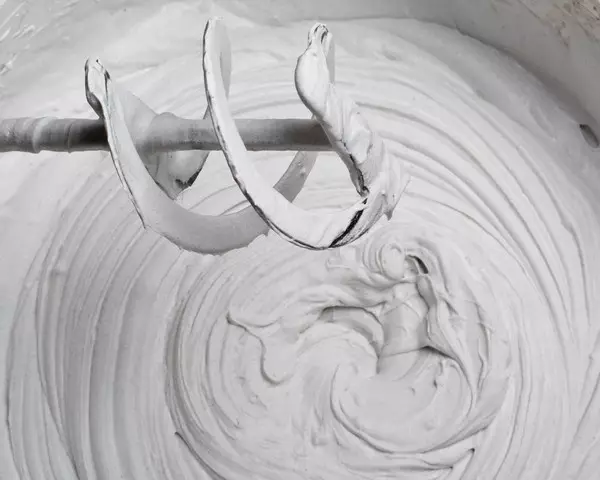
Preparatory work
So that plastering has passed as high quality as possible, before starting work, it is necessary to properly prepare the walls. Preparation involves the following actions:
- dismantling the old finish;
- Pulling protruding bugs and irregularities. Such alignment will simplify the application of the gypsum mixture;
- Removal of pollution and mold from the surface of the walls. It is best to use a sandblasting machine for this;
- primer working surface with deep penetration solution.
If the walls are not very durable, they should be strengthened using a all-metal plaster mesh (more than 20 mm). You can also set beacons (rail). If the volume of work is insignificant, then you can plaster "on the eye".
At the preparation stage, you need to collect all the necessary tools for work: trowel, stepladder, half-sir and grater, plastering constructional (wood or metal shield, used as a tray for a gypsum solution), rule.
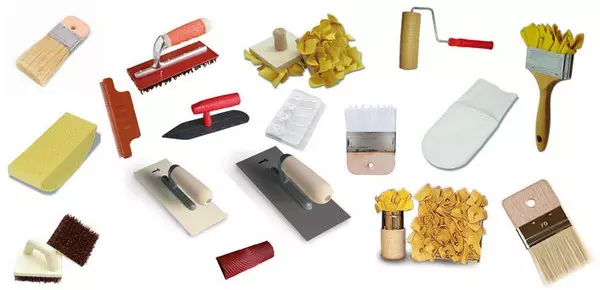
Step-by-step instruction
Before you begin to apply plaster on the walls, their surface must be abundantly moistened with water with a spacing or brush. The technology of application of this finishing material implies a step-by-step implementation of such actions:
- Between the racks installed at the stage of preparation, the thick layer of the mixture is thrown into the wall so that it is slightly hung from the surface. He should not collapse;
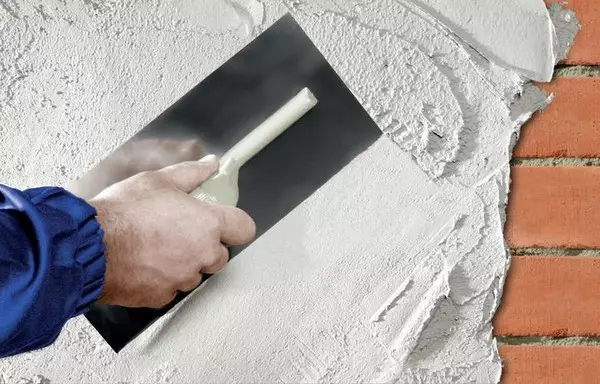
- Excessive solutions are removed by the rule. The hand with the rule should go smoothly and zigzag, so as not to form irregularities;
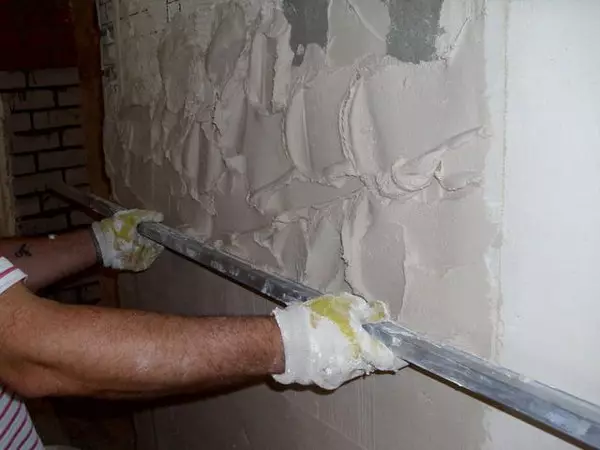
- Formed voids are filled with plaster, and its surplus is removed by the rule.
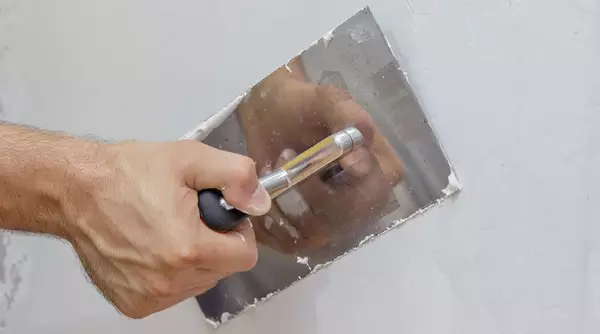
Actions must be repeated until the wall becomes smooth and smooth. After that, the beacons are removed, and the appeared shoes are neatly filled with gypsum plaster. Lighthouses can not be removed if the tile will be laid out on top of the finish.
With a large irregularity of the base, the pumping and smoothing of the mixture is performed in several goals. Each layer must dry well. After drying, the final surface of the walls is sanded and prepared for applying the final finishes: painting, pastries with wallpaper, laying tiles, etc.
Article on the topic: Bright carpet in the interior: How easy and easy to bring paints to your apartment (37 photos)
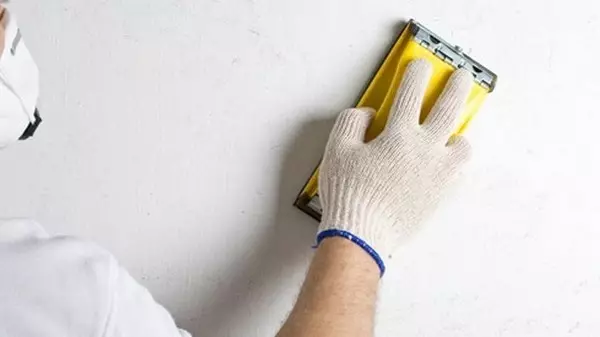
How to apply gypsum plaster can be viewed on the learning video.
Video "Work with gypsum plaster"
All stages of working with gypsum plaster. Secrets of skill.Pros and cons
The advantages of this finishing material include:
- the use of environmentally friendly raw materials for the production of the mixture;
- Excellent noise-canceling and thermal insulation properties;
- Perepecility of the surface after drying;
- a minor drawing of a proper finish;
- high drying speed;
- ease of use.
When complying with the technology of application, the surface is obtained smooth and smooth. Due to this, the subsequent painting or pasting wallpaper will be perfect.
The advantages of the material should also be attributed to the fact that the solution should form a thin layer. As a result, the finish is not so much material as when using other options. Gypsum, being natural raw materials, does not cause allergic reactions, and also does not have an unpleasant odor. You can use such a mixture for alignment of walls not only in residential, but also in non-residential premises (hairdressers, offices, banks, etc.).
Of the obvious shortcomings of plaster plaster, it is worth noting its high hygroscopicity. Because of this feature, this finish cannot be used in rooms where there is a high humidity (kitchen, bathroom). Also, plaster is not suitable for outdoor work. It is not recommended to use this material for repairing unheated premises (for example, garages, sheds, etc.).
When performing the prescriptions described above, you can quickly and high-qualityly plastering any surface with plaster plaster, making a beautiful and long-term finish.
